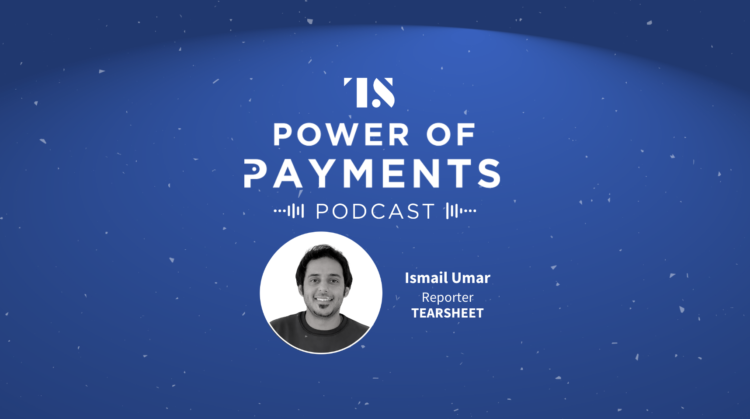Payments, Power of Payments Podcast
Power of Payments Ep. 17: Breaking down B2B BNPL with Resolve’s Chris Tsai
- Chris Tsai, co-founder and CEO at Resolve, joins host Ismail Umar on this week’s podcast.
- He talks about how Resolve’s product compares to that of consumer BNPL providers, how macroeconomic challenges are affecting firms in the space, and where B2B BNPL is headed in the coming years.








